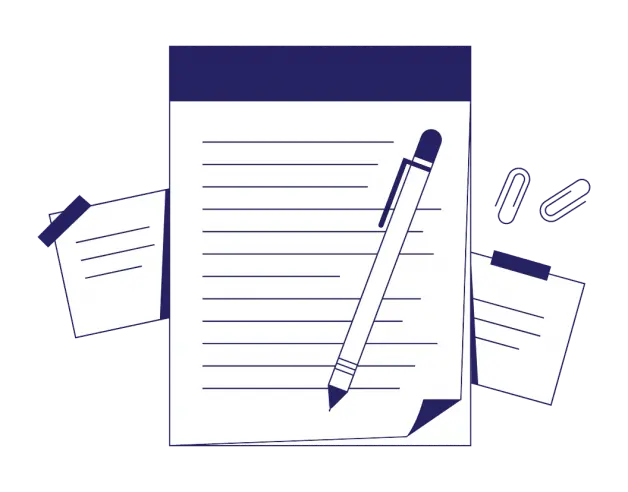
-
4-minute read
-
16th June 2023
An Introduction to Demonstrative Pronouns – With Examples
Every English learner has grammar issues, whether it’s grammar tenses, adjectives, or adverbs. But what about seemingly insignificant grammar points? Let’s take the following examples:
To be, or not to be? That is the question!
These days, people prefer working remotely.
Who are those men?
Are you curious about the differences between this, that, these, and those? Have you ever wondered what this, that, these, and those mean? Well, you’re in luck. Today, we’ll be providing an introduction to demonstrative pronouns in English.
As the name suggests, demonstrative pronouns are part of the English pronoun family. There are many types of pronouns, and demonstrative ones can initially seem confusing. We’ll discuss using each in writing, with visual examples as needed. Moreover, we’ll define demonstrative pronouns and state why they are important in grammar.
What Are Demonstrative Pronouns?
Demonstrative pronouns are pointing words that identify a previously mentioned person, place, or thing. They are words such as this, that, these, and those and are used as the subject or object of a sentence.
As bakeries is the subject, we use a demonstrative pronoun to point out said bakery in reference. We must introduce the person, place, or thing before using demonstrative pronouns. They are called demonstratives due to their role as pointing words.
Demonstrative pronouns use this, that, these, and those depending on whether the noun is singular or plural, near or far. Understanding them is part of using pronouns correctly in English.
Demonstrative Pronoun Usage
Reference to Physical Distance
This is used when the subject or object is singular and close to the person referring to it. Let’s take an example of a person referring to a pen.
As we see, the pen is close to the person referring to it. We know the pen is singular because there is only one.
On the other hand, we use these if the subject or object is plural and close in distance.
We would use that for a faraway singular subject or object.
Finally, we use those for far away and plural subjects or objects.
If you’re unsure which pronoun to use for physical distance reference, ask yourself:
● Is the noun singular or plural?
● Is the noun near or far away?
Find this useful?
Subscribe to our newsletter and get writing tips from our editors straight to your inbox.
Subscribe to Beyond the Margins and get your monthly fix of editorial strategy, workflow tips, and real-world examples from content leaders.
Figurative Distance
We also use demonstratives when referring to a previously mentioned idea, concept, or event, commonly known as figurative distances.
Example:
This leash demeans us both!
Two dictators lead to the start of World War Two. These were Adolf Hitler and Benito Mussolini.
Distance in Time Reference
We use demonstratives to contrast the past or future with the present. The past or future idea can come first (before the present idea) and vice versa. The main thing to remember is the present idea will be different from the past or future.
Example:
Why Are Demonstrative Pronouns Important?
Understanding the importance of demonstrative pronouns can help you improve your English grammar. As we’ve already seen, they help point out specific people, objects, or ideas in a sentence. In writing, the reader needs to know what you’re referring to and if it’s near or far away. Therefore, you need to use the correct demonstrative pronoun.
Demonstrative pronouns also help to avoid repetition in a sentence, making your writing more coherent and concise. Once you introduce a subject in a sentence, you can substitute it with demonstrative pronouns.
Conclusion
Let’s recap what we’ve learned:
● Demonstrative pronouns are called pointing words.
● They identify a previously mentioned noun using this, that, these, and those.
● We use them for physical distance reference, figurative distance, and distance in time reference.
● Demonstrative pronouns point out specific people, ideas, or objects in sentences.
● They help to avoid repetition, making your writing more coherent and concise.
Proofreading Power
We always recommend proofreading your writing to ensure the correct use of demonstrative pronouns. Proofreading will also help catch typos, extra spacing, or grammatical errors. A second pair of eyes always helps, so we recommend asking our proofreading experts to review your document. They can check that you’ve correctly used demonstrative pronouns. Furthermore, our proofreaders will check for grammatical errors, ensure perfect spelling, and offer suggestions to improve your writing. Consider submitting a 500-word document for free!




